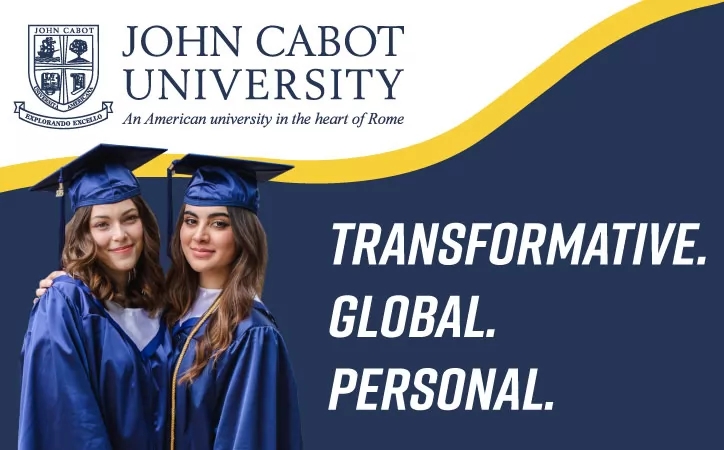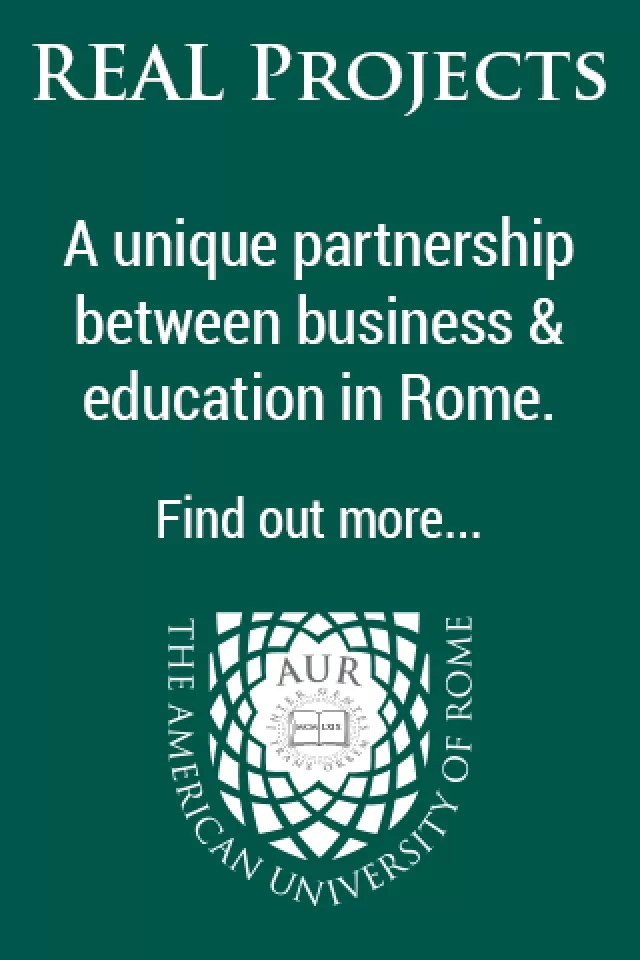Running through history.
An estimated 10,000 people will set off from the Colosseum in Via dei Fori Imperiali on Sunday 13 March embarking on the 11th city of Rome marathon. The 42 km journey will take them through the main historic sites, as well as some lesser-known ones such as the citys mosque, the synagogue, the Olympic stadium and the Auditorium-Parco della Musica.
Last year, 9,176 people took part in the race. Although this figure is not a patch on the 35,000 runners who took part in both the London and New York marathons last year, Rome currently hosts the largest race in Italy. This year, the target is 10,000 entries. The Italia Marathon Club, which organises the event, has been trying to increase registration numbers by promoting it at home and abroad. For example, it had a stand at the Nike 10 km run in London earlier this year and also plans to have one at the Madrid marathon in April to promote next years race.
The marathon may be creating a window of opportunity for tourism. Last autumn, when Rome hosted a delegation of tour operators from China to promote the city, one of the initiatives was to give free entry to Chinese participants in the Rome race. But so far only two runners have registered.
The official tour operator, Quadrifoglio Vacanze, is also offering special marathon packages that weekend. These go from two nights basic bed and breakfast to four-star luxury accommodation, all included. Some packages do not include the marathon registration fee and as such are not exclusive to those running the race. Indeed, Robert Castrucci, press officer of the Italia Marathon Club, says that between 30-40 per cent of those who buy these packages have nothing to do with the marathon. But why would one buy a marathon package without any intention of participating? Castrucci believes that it is actually a very wise decision. It offers not only cheaper prices but also guarantees accommodation.
Tourist-promotion strategies seem to be working. At the time of writing there were already 3,750 non-Italian citizens registered, compared to 3,350 last year. The largest number of non-Italians who have registered are from Germany, followed by France and then the United Kingdom. The wide spectrum of other nations that will be represented include the United States, Canada, Australia, Japan, Poland, Holland and Hungary.
Do the participants train for years with hopes of winning the title? According to Castrucci, you couldnt get a more diverse set of people. He believes that there are five categories of entrants: professionals, amateur runners, joggers, walkers and wheelchair participants. The organisers pride themselves in having over 110 wheelchair entries, making Rome number three worldwide after New York and Berlin in its provision of services for disabled athletes. The route has been especially chosen to be more manageable for those on wheels.
As far as professional athletes go, in 2004 there were only around 30, of whom ten stood a chance of winning. Around 6,000 fell into the amateur-runner category that is, those who ran the whole route and who completed it in about four and a half hours. A total of 2,500 jogged at a pace which was only a little faster than walking, and the remainder walked the 42 km distance.
Being able to walk is one interesting aspect of the Rome marathon. There are eight hours to complete the route, and tried and tested, eight hours is the time it takes to walk 42 km at a comfortable yet consistent pace. Last year, two Canadians, Krista Giian and Donna Jacobs arrived after 8 hours 5 minutes and 38 seconds. Although over the limit, the association decided to wait for them before closing off the competition. In some other marathons, such as the one in Boston, the time limit is set at four and a half hours, thereby excluding amateurs.
The city of Rome marathon is unique because you run through history, you feel it in your skin and blood, on the streets, says Carla Trichero, an Italian security consultant from Rome. Trichero took part in her first marathon in 1999 and this year will be her fourth. She runs with friends and her motivation is to do sport, get fit and feel good about herself.
For many though, 42 km sounds like too much of a strain, even to walk. But there is also the option of the 5 km Stracittadina fun run. This sets off immediately following the start of the marathon. The route takes in Piazza Venezia, Bocca della Verit, Teatro Marcello, Circo Massimo and back to the Colosseum. Ilaria Scarlatti and Federico Tassini are two colleagues at ACEA, the Italian water and energy company and intend to take part in the fun run. When asked why they didnt want to do the whole marathon, they both laughed and said, we are not fit enough, we only run once a week. But they will still get a share of the experience of participating in the event and running through Roman history.
Marathon registration has now closed but for information
on how to participate in the Stracittadina fun run
see www.maratonadiroma.it, or tel. 064065064.





















